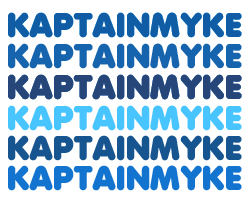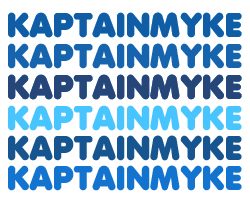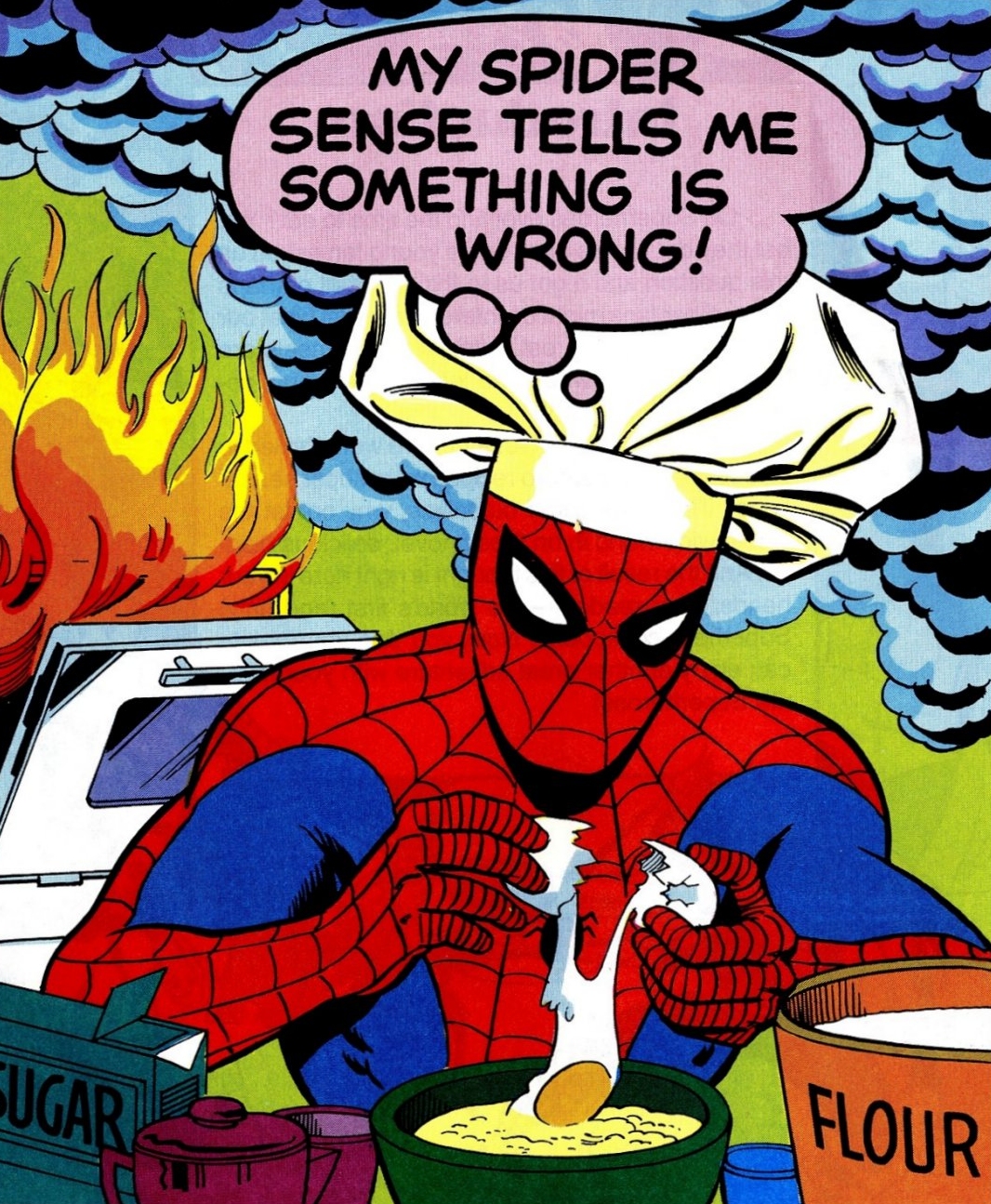USING THE RIGHT PRESSURE
I tell people to use the adjustment knob with your main
hand, and clamp or handle of press machine use with
your weak hand. Do this method at the same time with
both hands: If you cannot close the press with your
weak hand using a limp wrist, its too much pressure
so you slightly back down the adjustment knob with your
main hand as you try to close the press with your weak
hand. If the press won't close with your weak hand,
try backing down the knob a little more counter clockwise
each time until it closes with little restraint. Otherwise,
you risk crushed staples and spines, or staple rub to
the cover. If you can see staple indentations on your
exterior paperstock stacking layer, you have used too
much pressure. Do not use the adjustment knob while
the press is in the closed and locked position. You
will strip out the shaft bolt.
LARGE STAPLES
For large staple prongs, larger staples, and mis-staples...
Use two magazine-sized backer boards at the centerfold.
Always check your backer boards for staple indentations
to see if you used too much pressure. This damage is
often permanent. Also known as "Staple Push"
- Good luck.
DIVOTS AND PEBBLING
Do not press comics using only plates. This is not ideal
- due to dust and other particles or contaminants in
the environment. The plates are sanded down from the
machining process and to wipe off lubricants from fabrication.
You should still be using an exterior stacking layer
for protection against divots, dust, and dirt particles.
Use either a magazine backer board, cardstock paper,
press board, or poster board alongside copy paper on
the outside of your books. This creates a clean, disposable
environment for comics being pressed. The plates are
a method of heat transfer, not protection against divots
and pebbling.
REUSING STACKING LAYERS ☠️
I would not recommend reusing copy paper or cardstock
paper. You are allowed to reuse backer boards if there
are no staple dents or warping present. Reusing interior
stacking layers opens the possibilities of dust, hair,
and other contaminants getting pressed into book covers...no
matter how clean you think you or your workstation is....The
"human element" of this equation is not perfect
and will often make mistakes. If you see staple indentations
on your backer boards (exterior stacking layers) then
you are using too much pressure.
WAVY BOOKS
Humidity is one of the most overlooked parts of pressing
and preserving comics, and it can make or break your
results. Paper is organic. It breathes, absorbs, and
reacts to the air around it. If your pressing room isn’t
stable, you’ll fight against nature every time you press.
A comic won’t just remember folds and creases—it will
“remember” the environment it was stored or worked on
in.
• Temperature Range (70–75°F)
The 70–75°F range is considered a sweet spot—comfortable
for you, stable for all comic books. “Comics want to
be comfortable, like people.”
o Too hot: Paper fibers become brittle over time, inks
can fade faster, and press heat has less predictability.
o Too cold: Paper stiffens and becomes less flexible,
making it harder to “relax” during pressing. Flaring
is a common side effect to a cold room.
• Humidity Range (40–50%)
At 40–50% relative humidity, the paper fibers stay flexible
without swelling—perfect for pressing.
o High humidity (above 55–60%): Paper absorbs moisture
and swells. Glossy covers can wrinkle or ripple (called
humidity waves). Mold can develop inside boxes and books.
Pressing results won’t hold—creases you flattened can
“reappear” once the paper reabsorbs moisture.
o Low humidity (below 35%): Paper dries out and becomes
brittle. Staples and inks can expand/contract differently,
causing stress marks. Waviness is a common side effect
to a low humidity environment.
RIPPLING AND SPINE WAVES
What’s the Deal With Oversaturated
Books?
Sometimes a comic becomes oversaturated—either from
improper humidification, storage in damp conditions,
or accidental water exposure. Oversaturation causes
the paper fibers to swell unevenly, creating rippling
across the cover and pages, often most visible along
the spine as spine waves. These defects make the book
look warped and unstable, and if not corrected properly,
they can return even after pressing. For all cold pressing,
make sure you are using aluminum, galvanized, or stainless-steel
plates to prevent rust from forming. Rust will appear
on the book and your plates when using normal cold rolled
steel plates.
Remove Oversaturation Permanently
1. Controlled Oversaturation (12–24 hours)
“Fight fire with fire.” Place the comic back into a
humidity tank with a gallon of boiled water for 12–24
hours. This step may sound counterintuitive, but the
goal is to re-soften the paper fibers evenly throughout
the book. By bringing the book to a uniformly pliable
state, you “reset” the paper, making it easier to reshape.
2. Cold Press (48 hours)
Transfer the oversaturated book directly into the press
machine and press without heat for 2 full days. Cold
pressing allows the fibers to slowly flatten under pressure
while excess moisture dissipates gradually. Because
no heat is applied, the fibers are not “sealed” too
soon—this gives them time to relax and bond back into
a flat, permanent position.
3. Final Humidity Tank (1 hour)
After the cold press, return the book to the humidity
tank for a short 1-hour session. This re-introduces
a mild level of flexibility into the fibers, preparing
the comic for the final press.
4. Normal Heat Press (24 hours)
Perform a standard heated press and afterwards leave
the book in the press machine for 24 hours before removing.
This final step locks the flatness into place, sealing
the fibers and ensuring the rippling and spine waves
do not return.
DENTS AND CREASES
Tack iron and ball bearing are to be used if a regular
pressing didn't work properly. Try a regular press first.
If you still aren't satisfied with your results, they
the "Ball Bearing and Tack" Method featured
in this video: https://youtu.be/Bd5WpGTjiIU
USING HUMIDITY
TANKS
It’s quick and easy to assemble your very own humidity
tank (some call it a humidity chamber) from home. Durations
vary based on the type of paper stock and thickness.
For Modern Age magazines and giant-sized comic books
with glossy thin pages, the duration is cut in half
by 50%. Follow these simple instructions to introduce
controlled humidification to comic books:
1. Gather your supplies: 40 qt storage
bin, hygrometer, paper towels, four 20oz cups, two chip
clips, magazine sized backer boards + bags, a 16x10
dish drying rack, and latex gloves.
2. Boil a gallon of water on the stove.
Boiled water is a crucial component for durations.
3. Place the four spacers at each corner
of storage bin. Use plastic cups or PVC couplings.
4. Pour boiled water directly inside bottom
of the storage bin. There should be 1” to 2”
of water level from the bottom of tank. Smaller tanks
should use less than a gallon of water.
5. Place 16x10 platform directly on
top of the four spacers. The idea is to elevate the
platform above the water level, keeping the comic book
safely away from direct contact with water.
6. Place two assembled magazine-sized comic
bags + backer boards on platform. If you choose
to open a comic book, place the bag+boards side-by-side.
Keep centerfolds facing up. Do not flatten. You may
gently stack up to four books, separated by paper towels.
7. Place one assembled magazine-sized comic
bag + backer board on platform if you choose
to keep a comic book in a closed position. You may stack
up to four books, separated by assembled magazine-sized
comic bag + backer boards.
8. Place a final assembled bag + board on top
of book(s).
9. Place a layer of paper towels on
book(s). This is the water droplet protection from lid.
10. Place storage bin lid on top.
11. Place two plastic 3” chip clips
on outer rim of lid and storage bin wall. This creates
an airtight seal.
12. Place a heavy 10 lb object on lid such
as a gallon of water to keep downward pressure on lid.
Most comic books should be left in humidity tank from
30 minutes to 1 hour . Comic books with thin glossy
paper stock should be left no longer than 15-30 min.

TACK IRONS
Tack irons are a valuable tool for dent removal and
spine work. Tack irons can warp covers and pages if
set too hot. 160-180F is the safe temperature rage in
most cases. If your iron's lowest setting is still too
hot, make sure to use extra sheets of copy paper and
an included cloth sock over your iron to prevent scorching.
Keep the dial down to a #2 or a #3 for most work. Take
note which side is F and C for temperatures. Smooth,
fast, circular and steady motions with a tack iron is
safe. Constant heat applied on the same spot for 3-5
minutes or longer can damage the paper.
Tack Iron:
https://www.kaptainmyke.com/products/tackiron
C-NOTCH METHOD
When a comic book features staples that are 1/8"
too far inside the spine you will need to perform the
"C-Notch" Method to properly press. Instructional
video discussing the "C-Notch Method" when
pressing comic books with staples placed too far on
the inside of spine: https://bit.ly/3gMaZuy
COCKLING AND
RIPPLING
SRP paper holds water when pressing oversaturated books.
The water will collect on the opposite side of book
away from the heat platen. This water will remain trapped
between SRP paper and cover, causing ripples or cockles.
Press rippled covers with no SRP paper: Try using only
Backer Board, Cardstock Paper, and 1 sheet of 20 lb
copy paper on the outside of both covers when pressing
book between 2 steel plates. Cold press only,
using no heat for 2 days. On the 3rd day, remove
book from press machine. Press book normally now using
the humidity tank and a heat cycle. On day 4, the book
will be pressed flat with no ripples or cockling.
STAIN REMOVAL
Stain removal is not recommended if you are new to pressing.
Stick to the basics as you learn and continue to grow
your comic pressing hobby skills. Even experienced pressers
should tread lightly with this topic. Removing tanning
and foxing from a Golden Age or Silver Age book is not
easy. It requires days or even weeks using a very slow
process with a very steady hand. There is great risk
to destroying the book, the gloss layer of covers, and
lowering the overall value of book. We have developed
a set of methods to make this easier and safer on comic
books. There is still a lot that can go wrong if you
aren't experienced with our exclusive methods. The Heat
Overlay Press (HOP) Method and Blue Light LED (BLED)
Method is intended for experiened pressers. Our methods
are recommended for use only 2 or 3 times on an individual
book.
If you continue attempting stain removal methods you
can go too far on a book and damage it permanently or
get flagged for restoration.
BE PATIENT ⏳
Stop removing books too soon - they cause wavy warped
covers and wavy interior pages. 24 hours for all books
- except modern age glossy interior pages 2002-Present;
they can be removed and flipped after 2-4 hours. If
you want to press books faster and at a faster rate,
considering buying a second or a third press machine.
Pressing books take time and great care to achieve superior
results.
TIME OUT! ⏰
The clam shell and swivel press machines have a timer
maximum setting of 999 seconds, or 16 minutes. If you
need to press a book for 20 minutes, simply set the
press machine timer to 10 minutes. When the timer beeps,
simply switch off the machine and immediately turn it
back on for another 10 minutes. You do not need to open
and close the machine to reset timer.
EXPERIMENTATION
Experimentation is encouraged. One idea might work,
others not so much. Share your successes and pitfalls.
We all have been there. No judgement.
TAG! YOU'RE
IT!
Click here for topic hashtags: https://bit.ly/3qhvIJs.
You can also tag any member of the moderating team for
assistance. Do not be afraid to post or share your experiences.
Ask questions, we do not mind! We typically do not answer
with just "see the announcements" or "just
use the search". I am the type of person who will
search and tag you to help out. I don't mind.
OFF-TOPIC
If you wish to post off-topic posts or share your latest
pickups of the weekend, this is fine too. This is allowed.
THE DANGERS OF BAD PRESSING
http://bit.ly/2QVbgQY
is worth a read every once in a while to remind yourself
of what can happen if you aren't careful or feel rushed.
I'M NOT GETTING
THE SAME RESULTS!
Everything we do is all about "adapting to your
local environment". Try lowering the heat by 5
degrees. Comics are like people. We like to be comfortable.
The ideal conditions for pressing comics in your pressing
room and storage room for comics are 40%-50%
humidity and 70F-75F degrees.
These conditions can vary throughout the year as the
seasons change. Different heating and air conditioner
systems in homes and apartments can change these conditions
as well.
Here are some examples of adapting
to your local environment:





